Last month, I went to First Round in LA. I’ve been following Under Consideration for years, but this was the first time I participated IRL. It was fascinating to see process commonalities. Here are a few highlights. Spoiler alert, this article is an exercise in confirmation bias.
First Round is a conference that focuses on showing a number of designer’s “first round” of identity design for their clients. They get into their process, what their presentation looked like, and what they learned about selling the vision.
Whatever side of creative you’re on, you probably know that effectively communicating what can frequently feel subjective is tough.
But is creative subjective?
Sort of, but not really. There are objective truths when it comes to beauty and design principles. There are universal absolutes and localized standards. Creative is an interpretation, but there’s a lot of science to good design.
Our name, Love and Science, holds a lot of meaning, but a key translation is that as human beings, we have automatic reactions as well as analytical responses. Our brains force initial reactions on us all the time. Then our brains quickly try to explain why we have those reactions. We’re emotional and logical and we’re happiest when both “sides of our brains” are appeased at once.
Selling creative requires a balance. Give the people what they want. Give the people enough of a reason to feel like it’s okay to move forward.
A Roundup of First Round
Here are a few key commonalities that emerged across presentations – from StockX to Fanta and everything in between.
Mobile Matters
Almost every presentation kicked off the identity in mobile context. How does it translate to socials, app icons, etc. I contend that it has always been important to make sure your mark translates well to small sizes and single colors, but the bigger the brand, the more important it is to show how well this brand travels across medium.
If your primary mark doesn’t work in a circle and a square, you need to rethink it. One way folks try to adjust for this is by creating a secondary mark. But if the first interaction the audience has with a brand is social – is it really secondary?
Movement Matters
There’s a lot of science to support increased impact of motion and sound. One presenter after another indicated that adding motion to their presentations did an enormous amount for driving buy-in. There are a number of reasons why this is a great idea. Here are just a few.
- Allows you to seamlessly display the component parts that make up a mark
- Increases captivation, a sense of interaction, and recall
- Forces the concept into context and helps paint a picture of use-case, getting your audience out of analysis and into automatic (which is where you want to sell from, if you can)
Adding motion could happen in any number of ways, from animating a logomark to presenting an IG story. Get that mark out of analysis paralysis and into action.
Marketing (and Merch) Matters
I just really wanted another M. This is about copy and additional context. So many of the presenters relied heavily on copy to sell their visual ideas. To write good copy, you need to get the brand. If you get the brand well enough to be designing an identity, hopefully you get the brand well enough to write copy.
If you don’t get the brand well enough to write copy and develop marketing examples, you should do something about it (see “Mastery Matters”).
Presenting the identity in the context of marketing also really helps non-creative clients to understand the reach of a brand. A few of the presenters used merch to really explore how far they could push an identity. It made even the most basic mark feel full of potential.
Our brains are hard-wired to avoid loss and to desire optionality. When a client chooses a direction, they choose not to pursue myriad other directions. That can be daunting. By helping to display broad optionality through examples and ideas, you can provide a lot of comfort -and even excitement- about the possibilities.
Mastery Matters
What makes Love and Science most successful when it comes to design is our dedication to mastering the brand. Sometimes (okay, most of the time), the work we put into mastery is beyond even what the brand itself has done.
Want to fight a pile of personal feelings and subjective opinions? Skip this step.
The hard work of identity design is in the identification. Clients can know something works or doesn’t, but they do not always know why. Nailing down critical elements like market position, brand promise, brand attributes, core values, differentiators, organizational goals, etc. provides the standards that can ease every other decision. When you hold up creative against a criteria, you can move things forward much more rapidly and you can avoid things like the dreaded design by committee. You can express the reason.
In a perfect world, you don’t have to get into this analysis because you baked the criteria into what you’re presenting. Ideally, what’s presented should “feel right” because it is right. But if things don’t go as smoothly as all that, you can come back to the criteria and persuade or adjust.
Sell or buy with success
There you have it. Brains are both lazy and particular. We need certain things to feel comfortable. We need to feel like we’re objectively making the right choices. Transitioning from subjective to objective, using tactics to help consumers visualize the future, producing support that indicates optionality are all ways to get a concept approved. But at the end of the day, our responsibility is to get it right.


